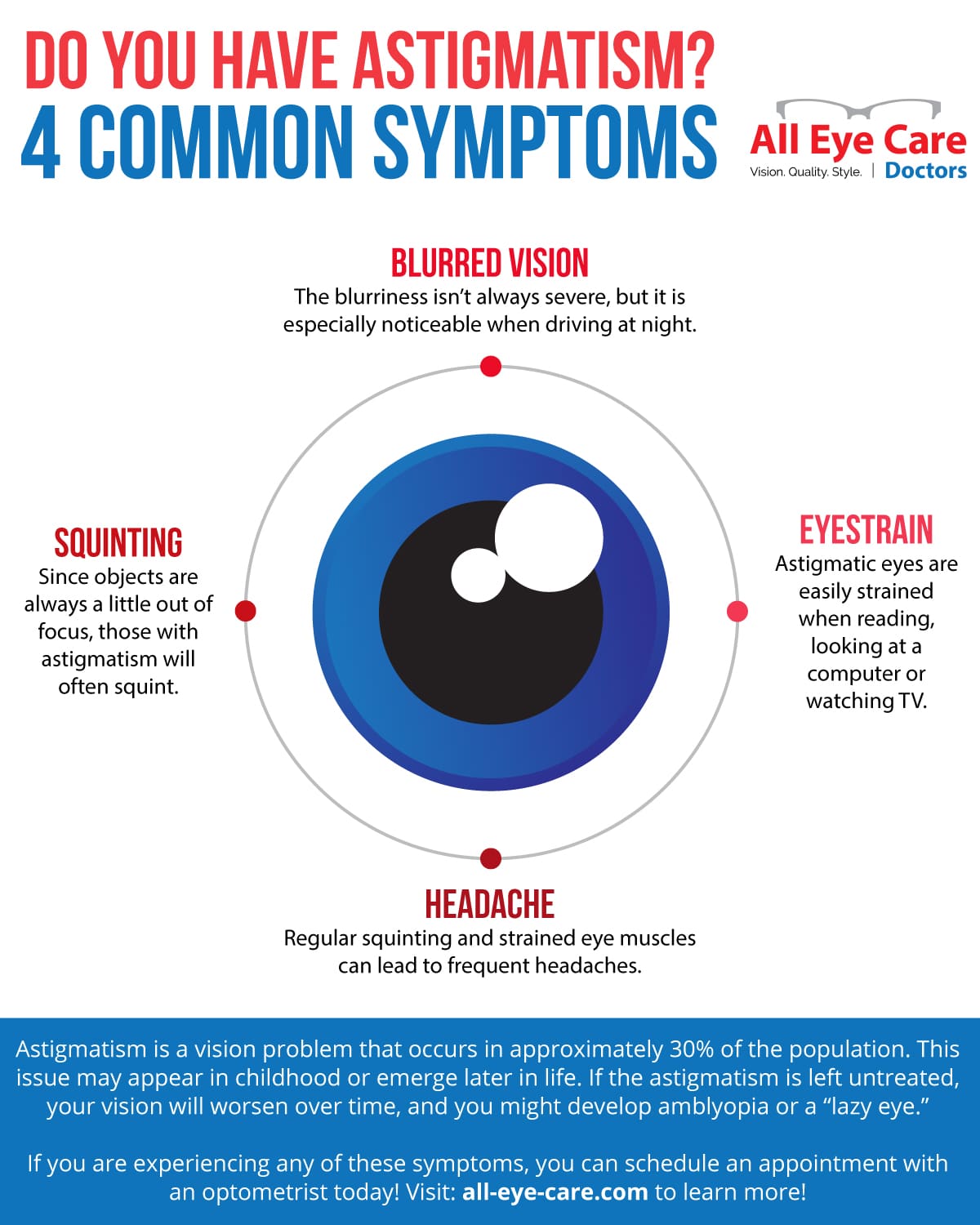Comprehending The Different Types Of Intraocular Lenses For Cataract Surgical Treatment

https://www.healio.com/news/ophthalmology/20210721/laser-vision-correction-procedure-volume-grows-in-first-half-of-2021 -Werner Phelps
Throughout cataract surgical procedure, your all-natural lens is eliminated as well as changed with a man-made lens. Your surgeon will go over with you the different kinds of IOLs readily available to lower or eliminate your demand for glasses after surgical procedure.
http://sol48keven.xtgem.com/__xt_blog/__xtblog_entry/__xtblog_entry/34393537-lasik-eye-surgical-treatment-recuperation-what-to-expect-and-also-how-to-handle-it?__xtblog_block_id=1#xt_blog have one focusing distance and also are normally set for clear range vision. Premium IOLs, also called multifocal or accommodative lenses, have zones with various focusing toughness to permit you to see near and far objects without glasses.
Monofocal IOLs
Standard monofocal lenses are made use of most often to fix cataracts throughout a treatment called refractive lens exchange (also referred to as clear lens exchange). The cataractous natural lens is changed with a man-made one, leading to enhanced vision.
These IOLs provide clear vision at a solitary range. They are commonly readied to maximize your distance vision, however you will still need reviewing glasses for close to items.
These lenses are made from an acrylic product that is adaptable and foldable. This allows your ophthalmologist to position them into the exact same cut where your all-natural lens was removed during surgical treatment. Your eye doctor can review your IOL options with you and also suggest the most effective strategy for your visual requirements.
Multifocal IOLs
These exceptional lenses offer a range of emphasis areas, getting rid of the need for glasses to see up close, far or in between. This is attained through numerous specifically developed focusing powers or by accommodating (altering form) the lens. It may take a while for your brain to get used to these lenses, however the vision they provide is well worth the effort!
These lenses are divided into 2 primary classifications based upon just how they bend light to produce multiple retinal images. They can be classified as refractive multifocal as well as diffractive multifocal lenses.
Refractive Multifocal IOLs have numerous curvatures to create "refractive areas" that bend light to create several retinal photos with various dioptric powers. This permits a greater degree of image high quality without hing on the dimension of the pupil. https://writeablog.net/alex335ryann/lasik-eye-surgical-procedure-healing-what-to-anticipate-and-exactly-how-to consist of the Tecnis Multifocal as well as Panoptix.
Toric IOLs
In people with astigmatism, the contour of the cornea is slightly imperfect, so light entering the eye is not concentrated in one area on the retina. This results in fuzzy vision. Throughout cataract surgical procedure, toric IOLs are aligned so the lens's steepest section matches this contour and creates clear, sharp vision.
Toric IOLs are a wonderful alternative for individuals who require cataract surgery and wish to minimize their dependence on glasses or contact lenses. Nevertheless, a toric IOL needs to be flawlessly aligned for ideal visual outcomes. For every 3 levels of imbalance, the IOL is 10% much less efficient.
To minimize the threat of postoperative IOL rotation, the ocular viscoelastic gadget (OVD) need to be thoroughly eliminated from the capsular bag prior to IOL insertion. Throughout this step, the surgeon should thoroughly mark the steepest factor of the cornea to help direct the IOL's axis after it is dental implanted. This assists prevent the client from having to undertake surgical treatment again to have the IOL re-aligned.
Extended Depth of Emphasis (EDOF) IOLs
A new innovation has actually lately arised in the treatment of presbyopia called Extended Deepness of Focus (EDOF). These lenses make use of a single elongated prime focus to improve range of vision. The resulting lenses do not have the multiple points of focus of multifocal IOLs, which can trigger halos and glare for some patients.
An excellent EDOF lens would supply a sharp emphasis over an array from plano to -1.50 D, enabling clients to see near, intermediate, and also distance objects without glasses. The initial EDOF IOL to be presented was the diffractive layout of the Tecnis Symfony IOL, which makes use of light-splitting rings to extend the range of vision. Nonetheless, this style can create a decrease on the other hand level of sensitivity that lots of people do not tolerate well.
A newer non-diffractive EDOF IOL is the Vivity IOL, which incorporates aspheric optics with a pinhole style to enhance deepness of emphasis. This style minimizes generated aberrations and may cause better comparison level of sensitivity, though it does not completely correct for astigmatism or enable useful near vision.

